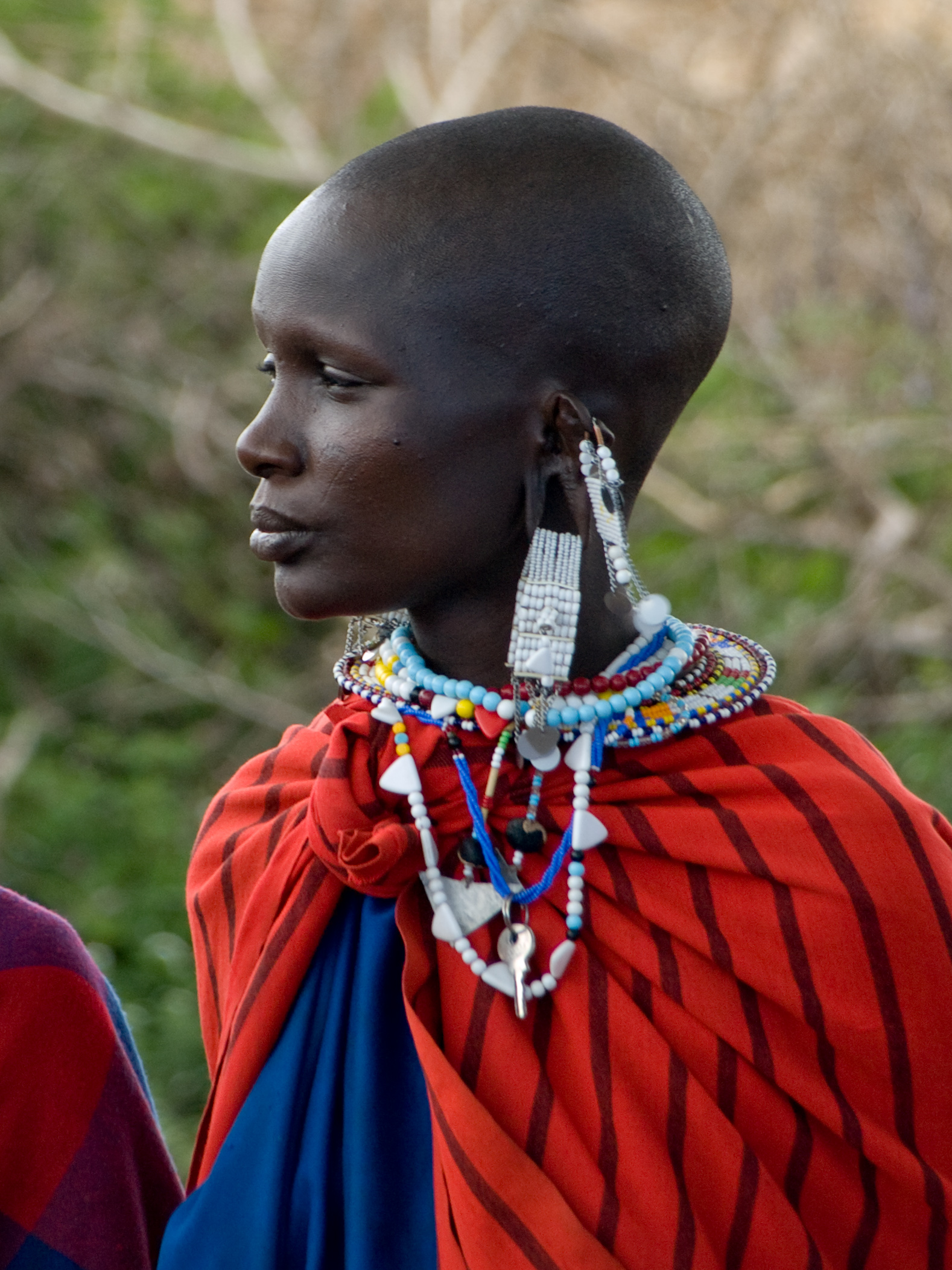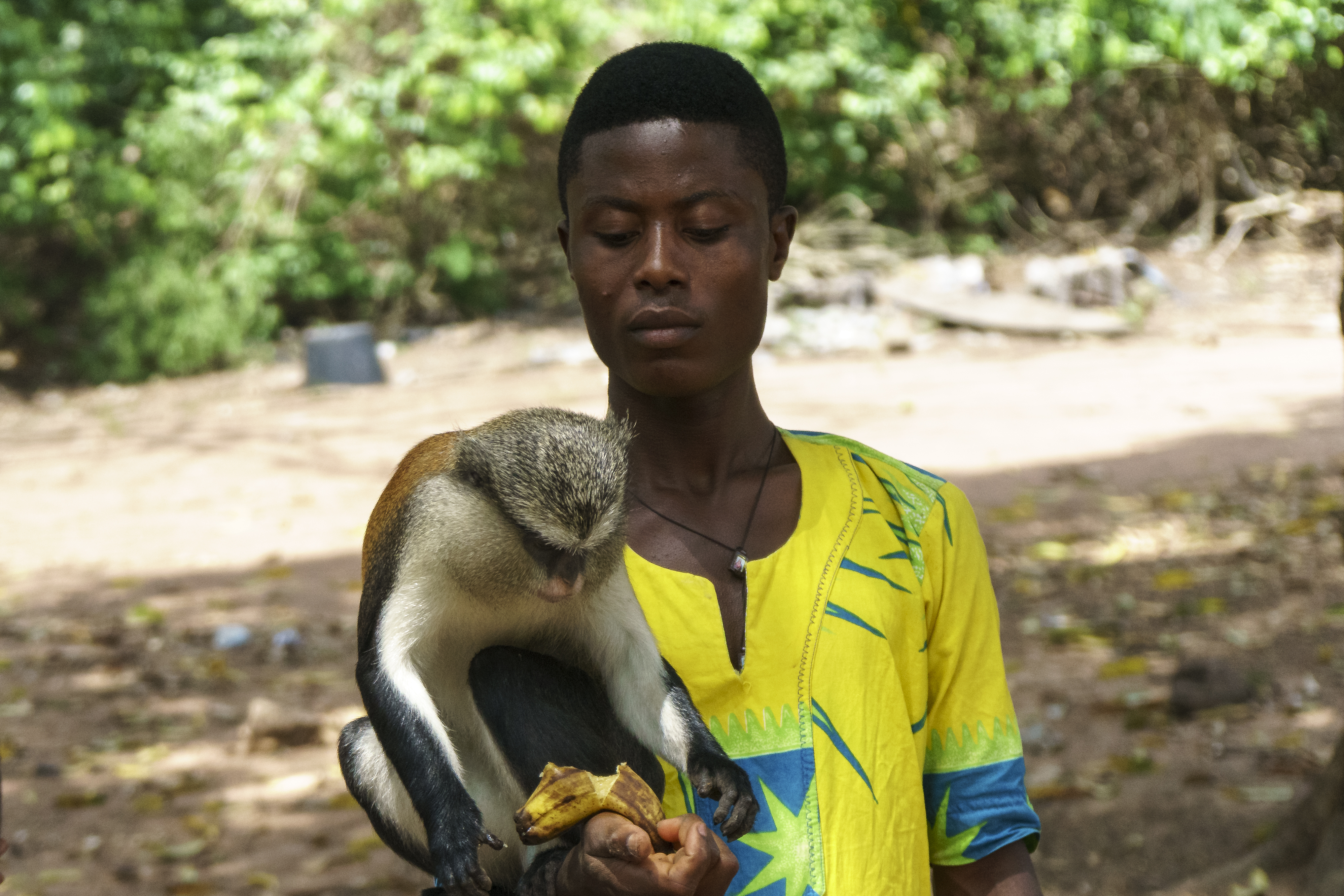“We have been residing in this area for decades, and all of a sudden the government told us to vacate,” Rafiz Ali told Reuters journalist Rina Chandran last September.
Ali was a community leader in one of three of illegal settler villages in the buffer zone of India’s Kaziranga National Park. In 2016, in an effort to prevent poaching of the one-horned rhinoceroses living within the park, authorities evicted 300 families living in the buffer zone. The process was not smooth: in one instance, residents peppered police with stones, while the police used teargas and shot live rounds in the air. The ensuing stampede killed two people.
The incident, amongst other measures, threw an international spotlight on the park, and the question: how do we protect conservation sites from their human residents and neighbors? The authorities at Kaziranga opted for removal, and when it comes to that strategy, there’s plenty of precedent.
The Legacy of Conservation Fortresses
 Maasai woman, Serengeti National Park, Tanzania. (Photo by William Warby, Flickr)
Maasai woman, Serengeti National Park, Tanzania. (Photo by William Warby, Flickr)“In conservation, there are different paradigms,” says Dr. Benjamin Gardner, associate professor of Global Studies and chair of the African Studies Program at the University of Washington.
“One is to preserve a vision of nature where people are removed — they are seen as a threat.”
This particular paradigm is sometimes referred to as “Fortress Conservation”. The evictions around Kaziranga are just one example of the paradigm’s prevalence in India. In the 1970s, as part of Project Tiger, India’s government removed thousands of forest-dwelling citizens from critical tiger habitats.
The list of disenfranchised, largely indigenous, conservation refugees is long, and spans the world. In Botswana — a nation with the largest fraction of land under formal conservation of any country — the Kalahari Bushmen were booted from what’s now the Central Kalahari Game Reserve. In Tanzania, Maasai grazing lands were seized to create Tarangire National Park. In the US, the government drove out Appalachian families during the Great Depression to make way for Great Smoky Mountains National Park.
Oustings like these pit people against conservation, which is seen as a choice of wildlife over people. Removing residents does not mean protected areas will be free of people either, a fact that visitors of US national parks surely notice during peak tourist season.
Luckily, there is a different paradigm for conservation: one that not only allows local people to stay in protected areas, but also invites them to partner in conservation efforts.
The Rise of Community-Based Conservation
In the heart of the Peruvian Amazon, in a section of rainforest called Madre de Dios, a contract stipulates that after two decades, the eco-lodge of Posada Amazonas will go to Infierno.
Infierno is the local community that co-owns the lodge, and earns the majority of its profits. In contrast to the examples of Fortress Conservation above, Infierno’s partnership with the company Rainforest Expeditions represents the other end of the conservation spectrum: the model known as community-based conservation.
Community-based conservation, when done right, involves local people, protects their rights, and benefits from their expertise. Locals often remain on ancestral lands and actively benefit from tourism, but that doesn’t mean there aren’t some sacrifices. As Dr. Gardner points out, “Everything in conservation is a compromise. Sometimes it’s reasonable for local people to give something up.”

Consider the Tafi people of Ghana, who view mona monkeys as messengers of the gods. Each clan from the Tafi Atome village donated a piece of forest to create a monkey sanctuary. Their donations have paid off: the sanctuary protects hundreds of monkeys and generates enough income to support the entire Tafi community.
Another striking example is the Cabo Pulmo Marine Reserve in Baja, Mexico, where fishing is prohibited in more than 7,000 hectares of ocean. Surprisingly, the reserve was the brainchild of the local village’s fishermen. Recognizing that fishing had devastated the reef and their livelihoods, the fishermen partnered with academics and the Mexican government to establish protections. The result is one of the most successful marine reserves on the planet, and one of the most profitable for locals. Rather than posing a threat to this slice of ocean, these families were the key to its revival.
What’s often surprising is how beneficial people can be in protected areas. In the Serengeti, the burning practices of nomadic Maasai tribes helped keep the plains productive — a fact that became clear only after they were removed. In many areas, the full potential of local knowledge has yet to be tapped.
“A lot of scholars, myself included, would say that we think this is the only hope for conservation,” Dr. Gardner says. “To think about these landscapes in new ways, ways that are both about conservation and about livelihoods.”
The Role of an Ethical Traveler
Consider visiting conservation sites that involve locals: when researching your trip, look for instances in which locals maintain ownership or receive direct payments from the government or tour companies. Employment opportunities and philanthropic gifts are a great start, but contracts and co-management are even better.
Ask questions of your tour provider. How much of your fee goes to the community and in which ways? If the outfitter uses the phrase ‘community-based tourism’, ask what they mean.
“Obviously your company isn’t going to tell you everything,” Dr. Gardner points out, “but most people don’t ask their companies anything.”
You can also keep parks, reserves and companies accountable. As a tourist, you’re part of the most powerful industry on earth — and that power often comes after your trip. If you see positive partnerships, write positive reviews and refer your friends! If you’re shocked by the treatment of local people on your trip, speak out.
Support communities evicted by conservation efforts in the past. Though you may be tempted to boycott countries that have evicted people from their reserves, there’s still potential to support projects that are turning a new leaf. Also, consider donating to an organization that advocates for indigenous rights, like Survival International.
Finally, stay informed. Try exploring the Just Conservation network to read articles and join conversations on conservation and justice. And, of course, keep looking into opportunities for ethical tourism here at Ethical Traveler!
Read Ethical Traveler's Reprint Policy.
